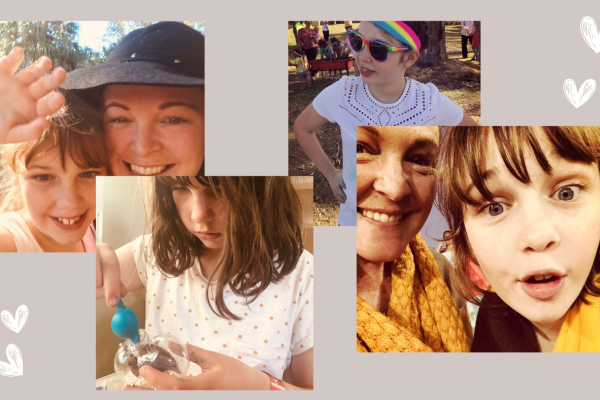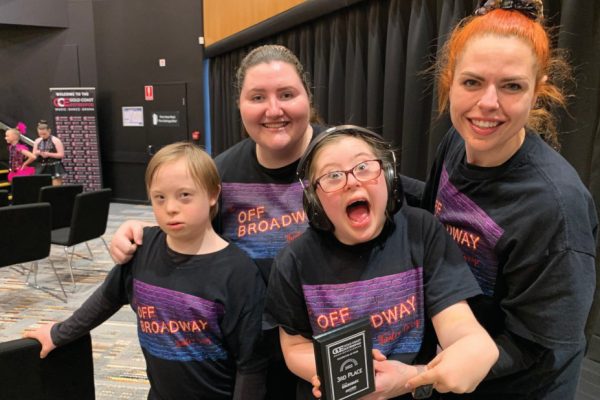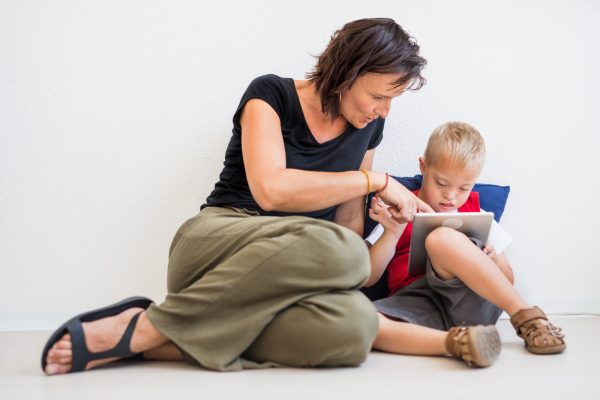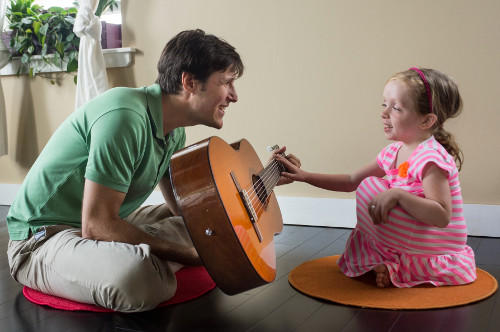
Alternative therapies – we explore the options
When we spend our days dragging our kids from appointment to appointment, it’s easy to get stuck in the drudgery of it all. It is highly likely that once your child received a diagnosis (or even before) you began taking them to a mixture of physio, speech, OT and psych.
If you’ve been at this game for a while and wanting to mix things up a little, you may be interested to know that there are other therapy options available. While these don’t necessarily replace the more traditional methods, you may be surprised at the results making some changes can have. Please note that before starting any new type of treatment or therapy it is important to discuss it with your child’s primary care practitioner.
Animal assisted therapy
Animals are incredible. They make us feel calm, seem to pick up on our moods, can comfort us and can even sense seizures in epileptics and/or assist when appropriately trained. They are also lots of fun to play with and can provide real incentive and motivation during a challenging therapy session. While Guide Dogs have been used to assist people with vision impairments for the last 70 years, the use of animals in other situations is a much more recent treatment development. The Australian Network for the Development of Animal Assisted Therapies (ANDAAT) defines Animal Assisted Therapy (AAT) as ‘where an animal is included in the treatment of a client with a predefined therapeutic goal.’

Within this framework there are four defined areas: visitation animal, therapy animal, service animal and assistance animal. Animal Assisted Therapy is used within a wide range of disciplines including physio, speech, psychology and OT. Animals utilised include dogs, horses, cats and even guinea pigs and birds. Go to www.andaat.org.au for more information.
Art/s therapy
Art Therapists use visual art mediums (painting, drawing) and other creative expressions such as dance, movement, mime or drama as a therapeutic technique. Art Therapy can be a very useful way of encouraging the expression of ideas in someone who may find it hard to express themselves verbally. It is also great for sensory and motor development. Go to www.anzata.org for more information.
Music therapy
Music therapy is defined by the Australian Music Therapy Association Inc (AMTA) as a research- based practice and profession in which music is used to actively support people as they strive to improve their health, functioning and wellbeing. Music therapy can improve cognitive functioning, social communication skills, motor skills and assist in emotional development. “Music therapy can be particularly useful for people with brain injuries, mental illness, neurological disorders and autism, for premature babies and people in palliative care,” says the AMTA. A music therapy session is led by a Registered Music Therapist (RMT), a musician who has completed a tertiary course in music therapy. Sessions can be individual, or in a group and the therapist works with their client/s to achieve goals in areas such as communication, movement, social, or mood for example. Go to www.austmta.org.au or www.rmtschangelives.com.au for more information.
Sandplay (or sand tray) therapy
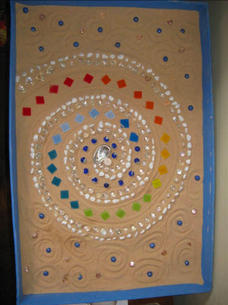

The Sandplay Therapy Association of New Zealand and Australia (STANZA) says “Sandplay is ‘hands on’ psychological work, and is an adjunct to talk therapy. It is a powerful therapeutic method that facilitates the psyche’s natural capacity for healing.” A Sandplay session consists of the client creating scenes in a sandbox with the therapist’s collection of symbols and realistic figurines and is a bridge between talk and expressive therapies. Go to www.stanza.asn.au for more information.
Sound therapy
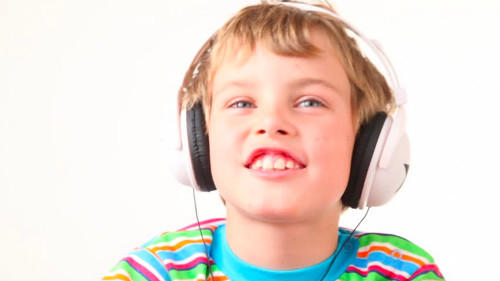

Practitioners of sound therapy claim it improves listening, learning and communication and that by listening to specially filtered music and stories through earphones, a child’s auditory processing system can be enhanced. Sound therapy has been described as exercise for the ear and the auditory processing and sensory integration centres in the brain. Sound therapy can be beneficial when looking at therapy for a number of disorders including auditory processing disorder and autism. Go to www.soundtherapy.com.au for more information.
Yoga for the special child – the Sonia Sumar method
Yoga for the special child is a comprehensive program of yoga techniques designed to enhance the natural development of children with special needs. It is gentle, therapeutic and safe for babies and children with Down syndrome, cerebral palsy, microcephaly, autism and other developmental disabilities. These methods also provide an effective benefit for children diagnosed with Attention Deficit Disorder, ADHD and learning disabilities. While this is an American program, there are Australian practitioners available. Go to www.facebook.com/YogaForTheSpecialChild for more information on this method.




